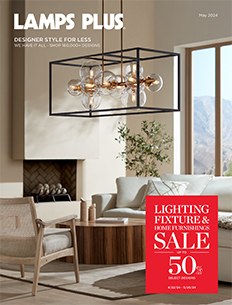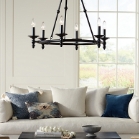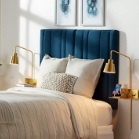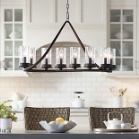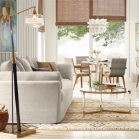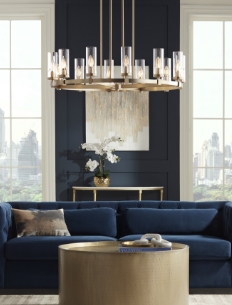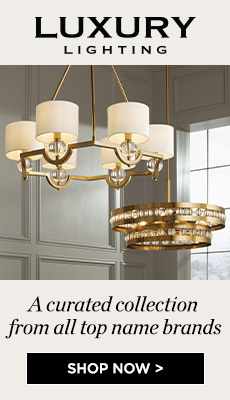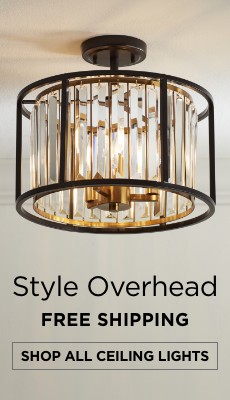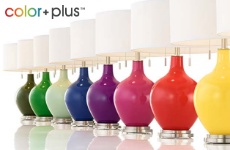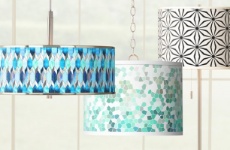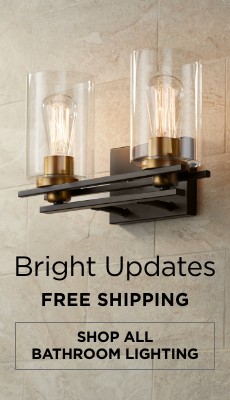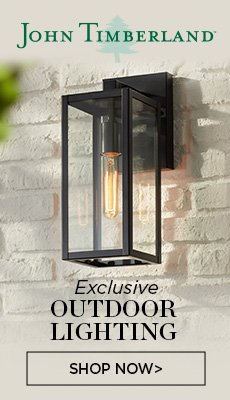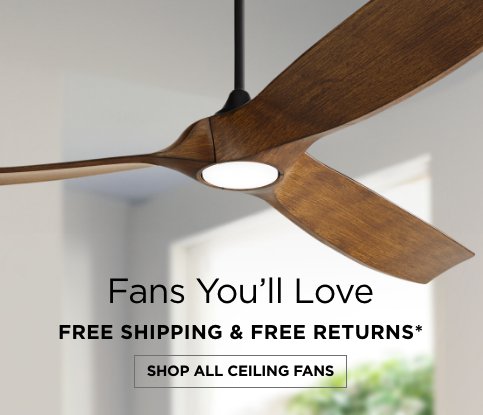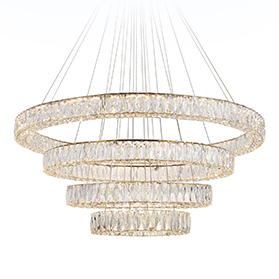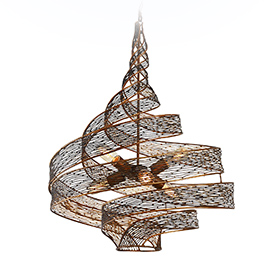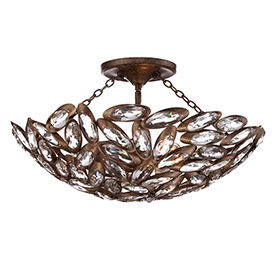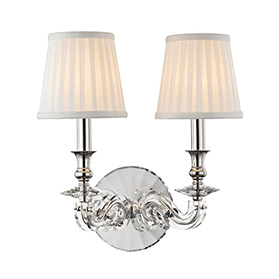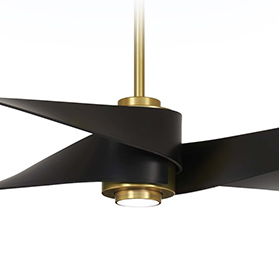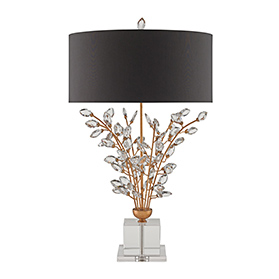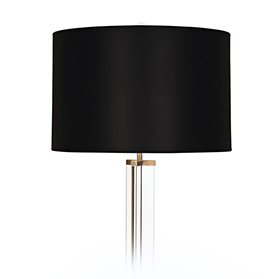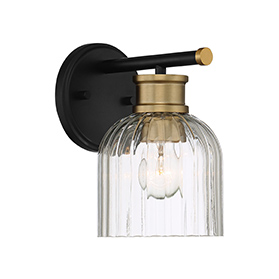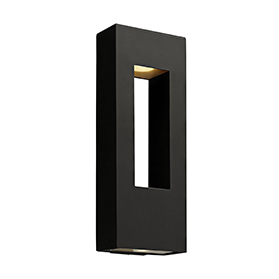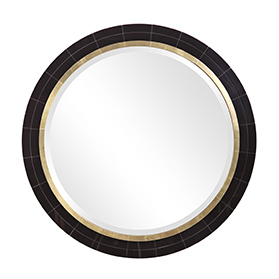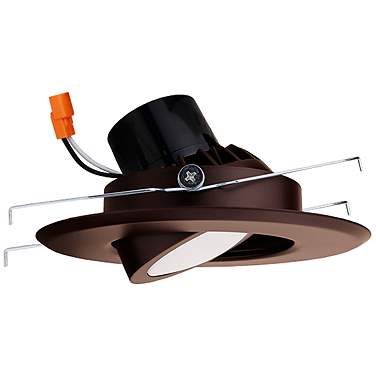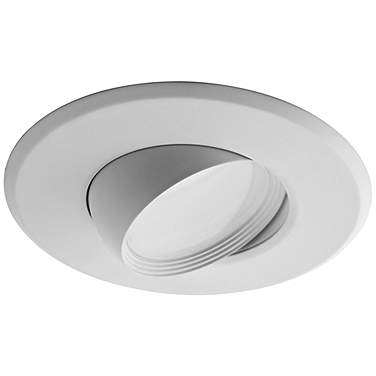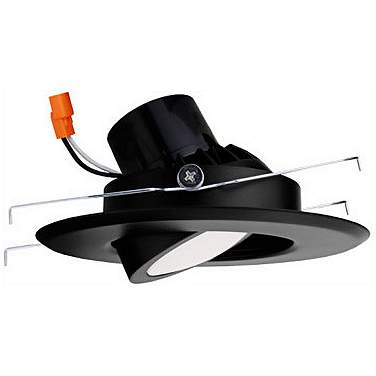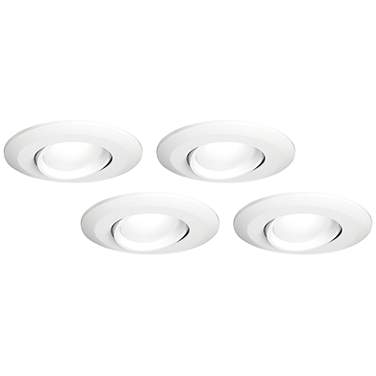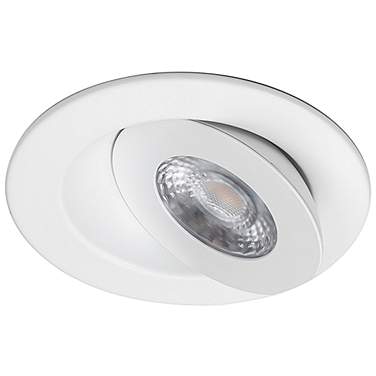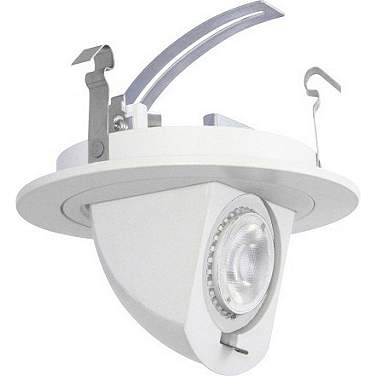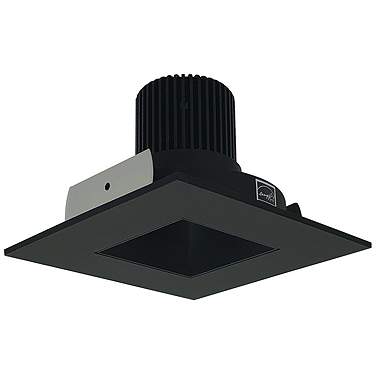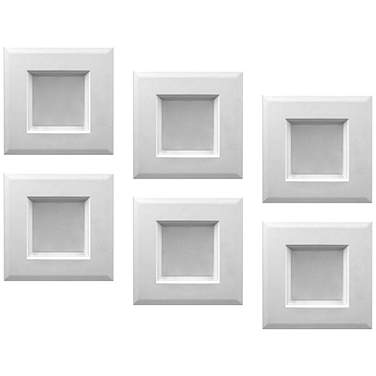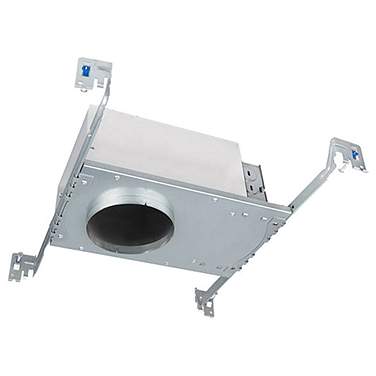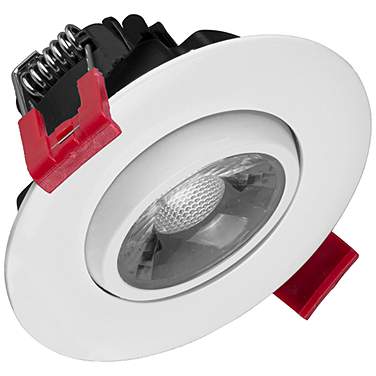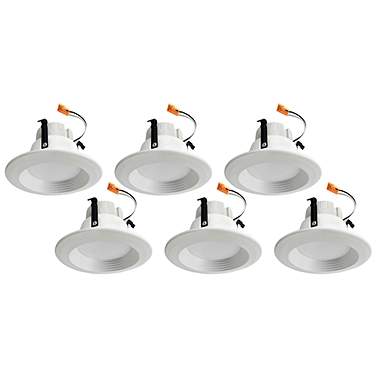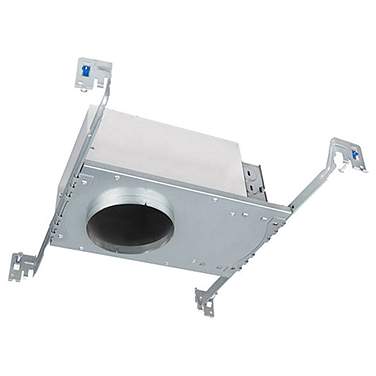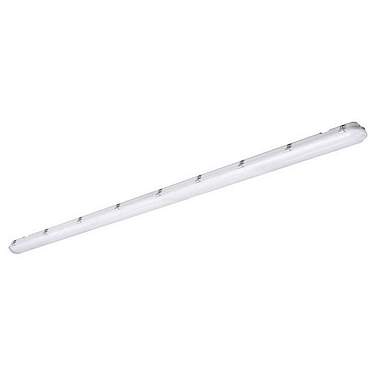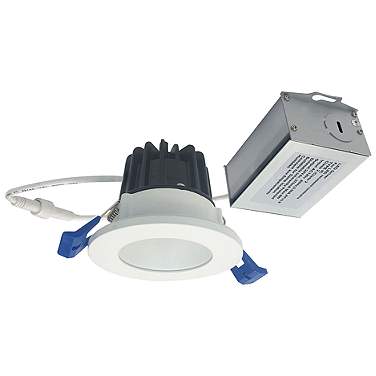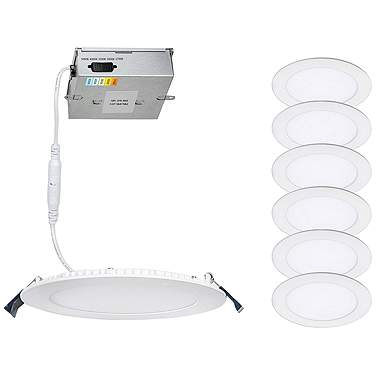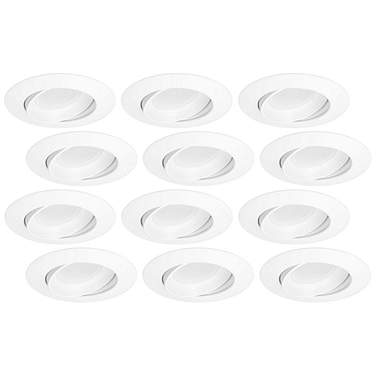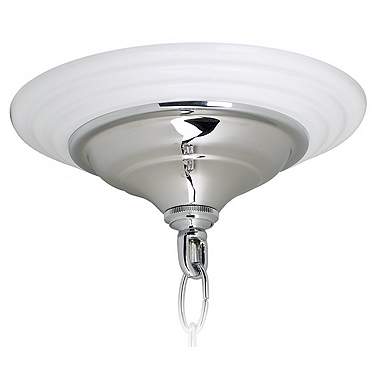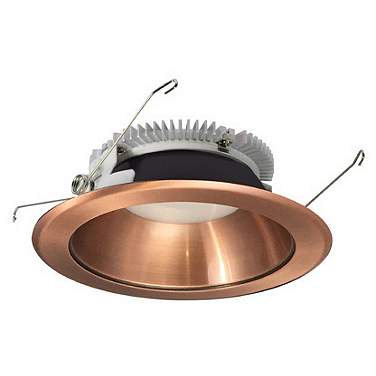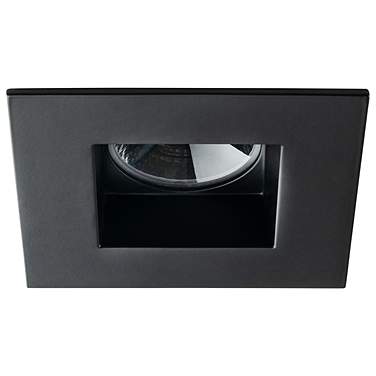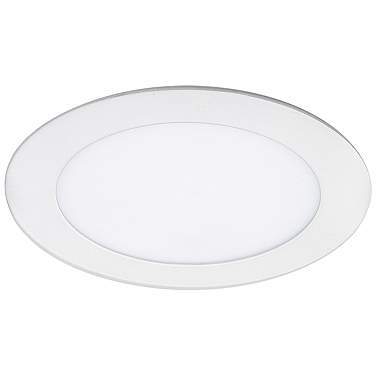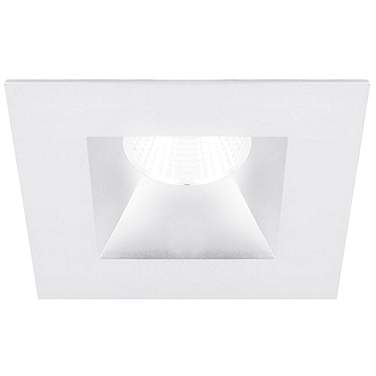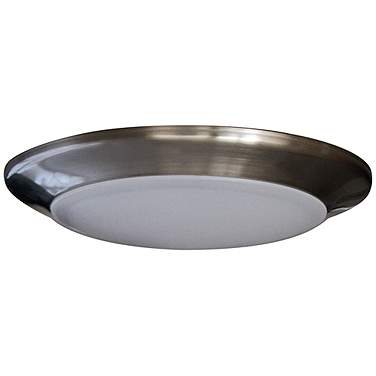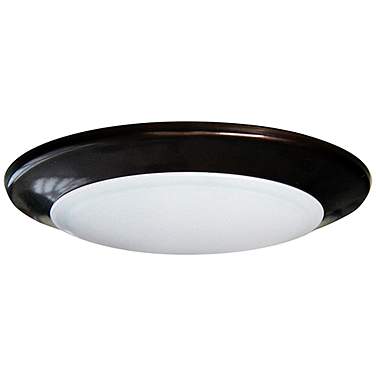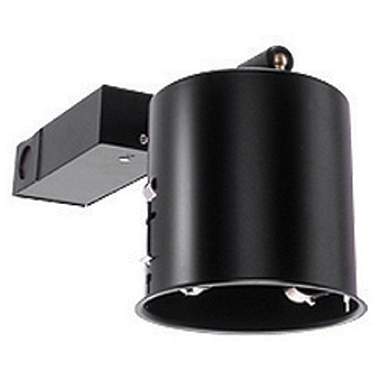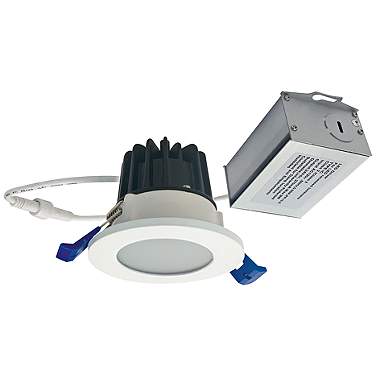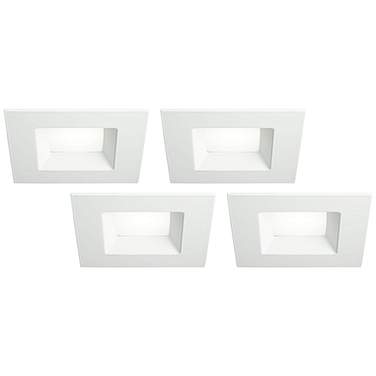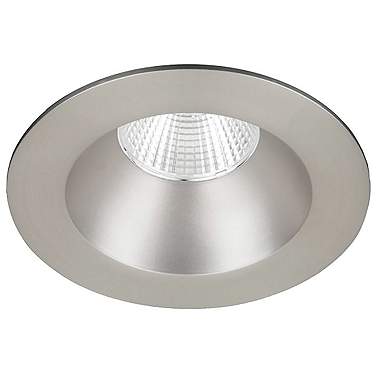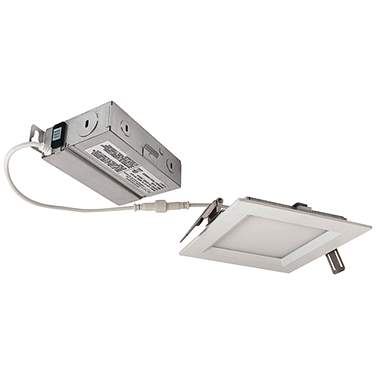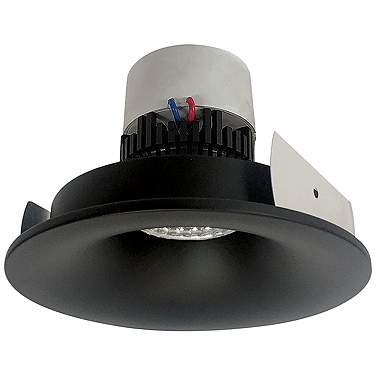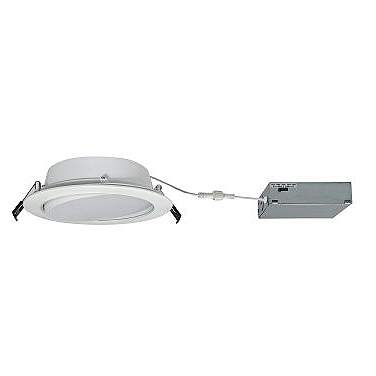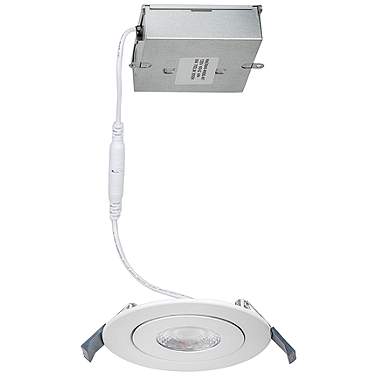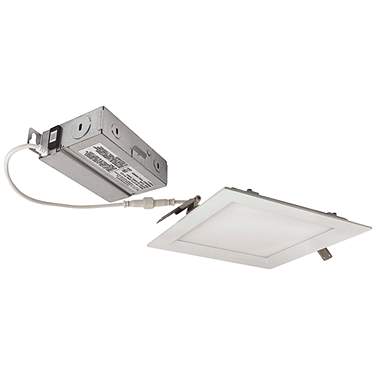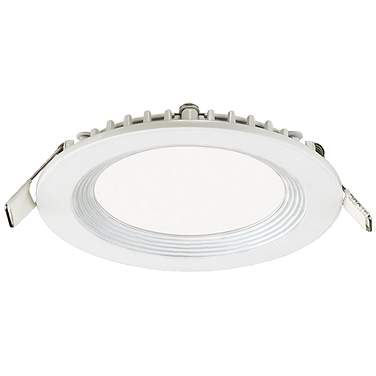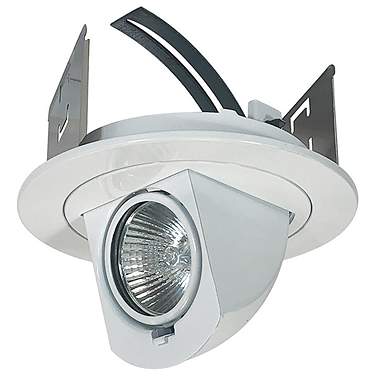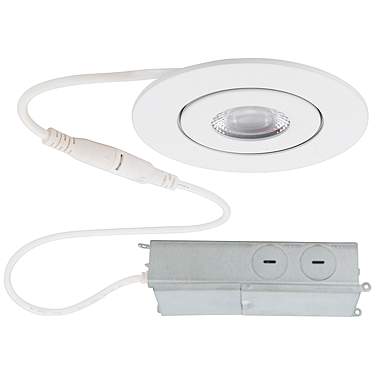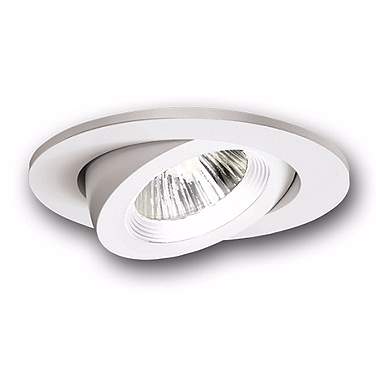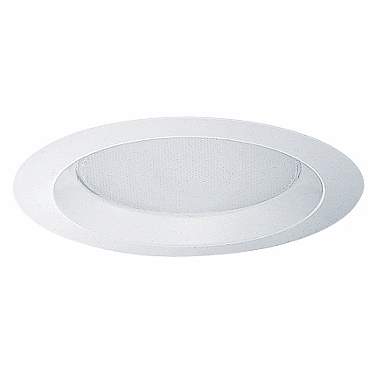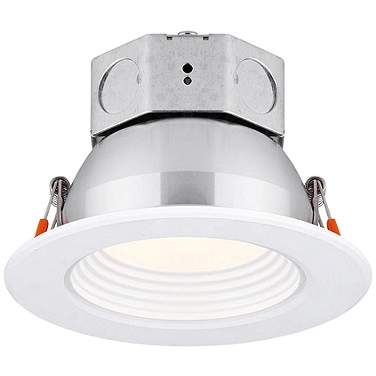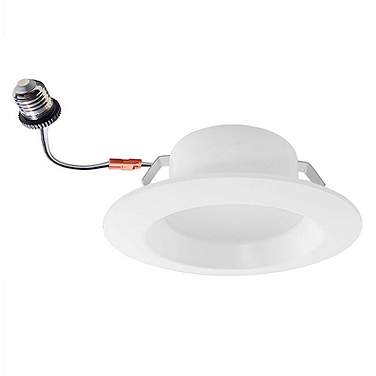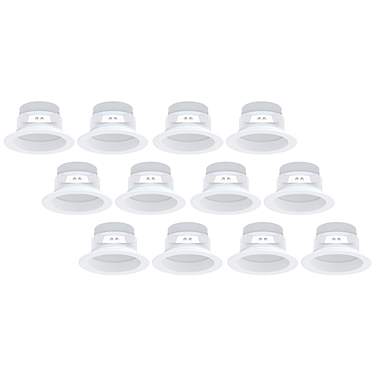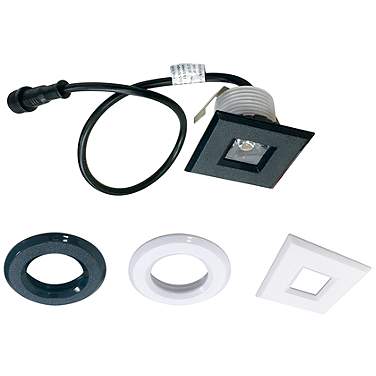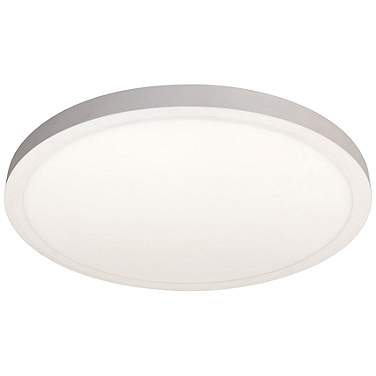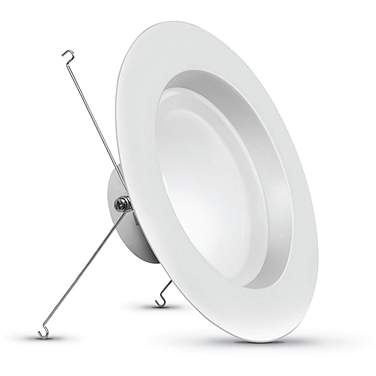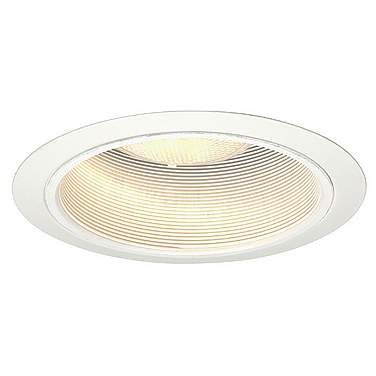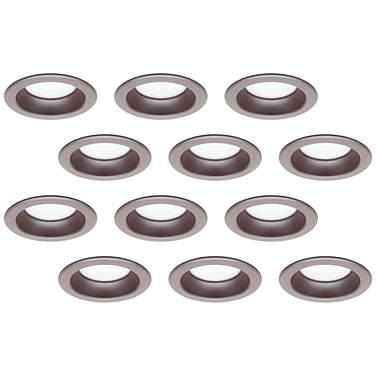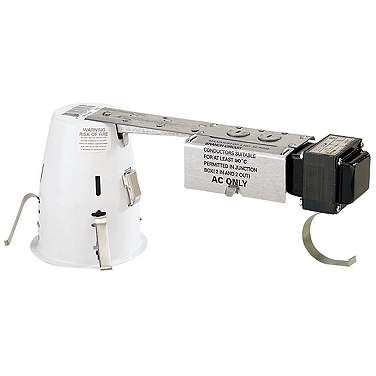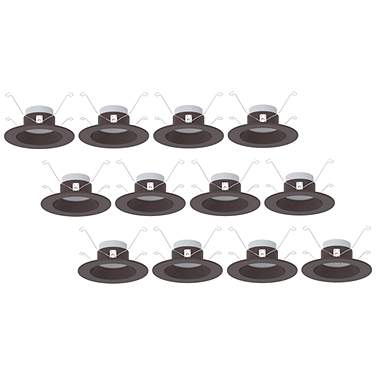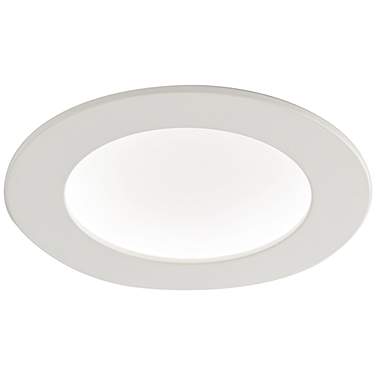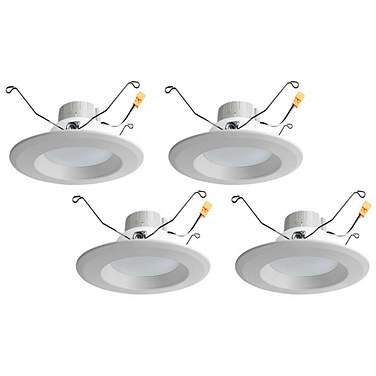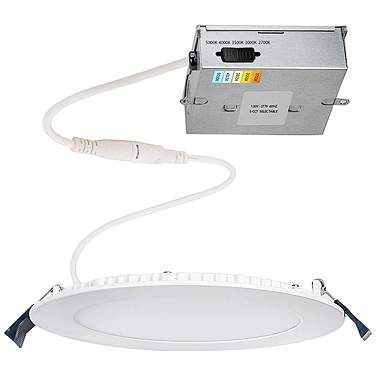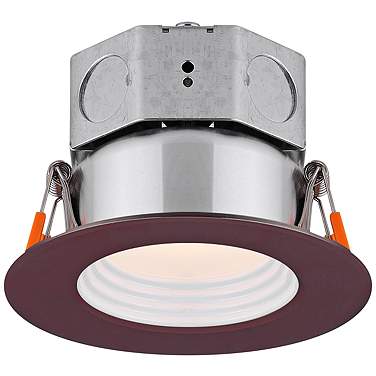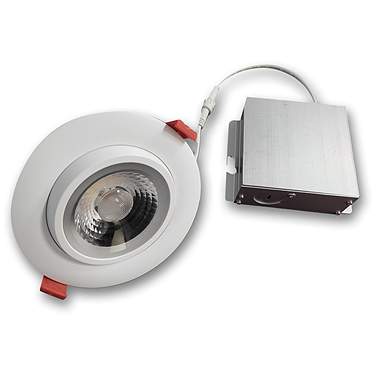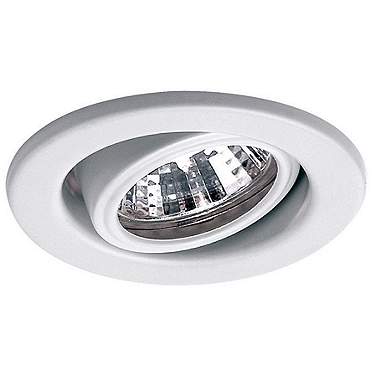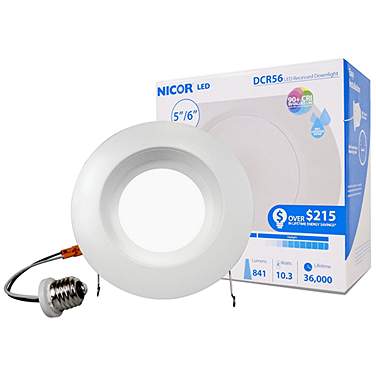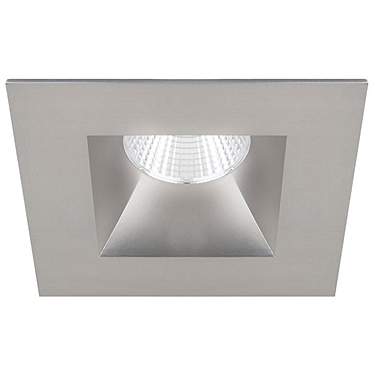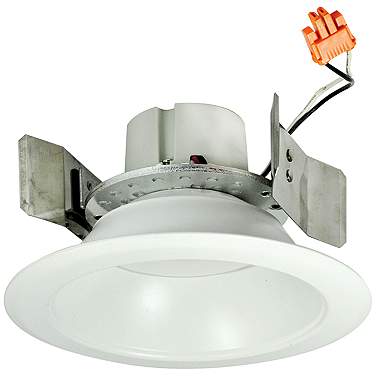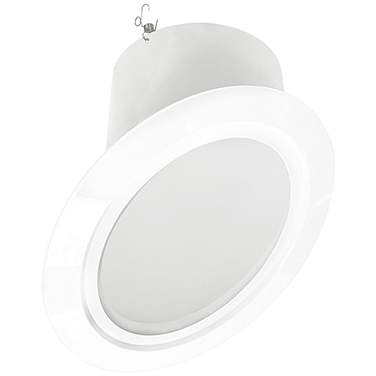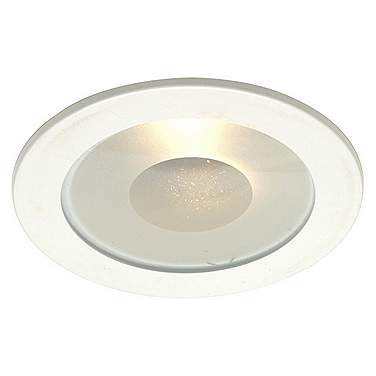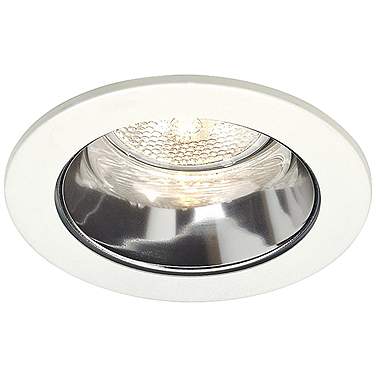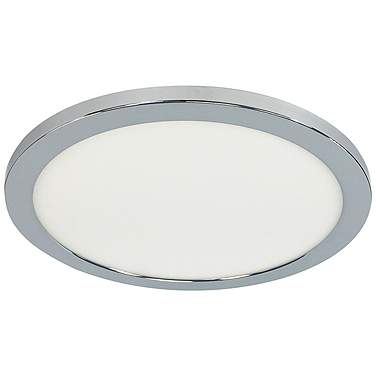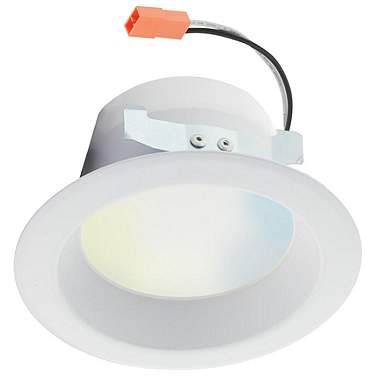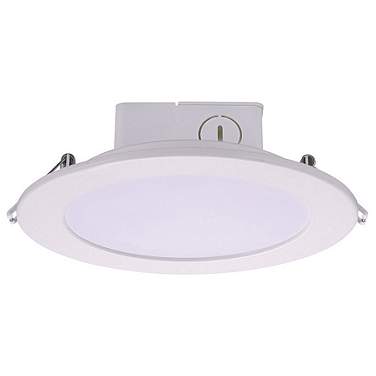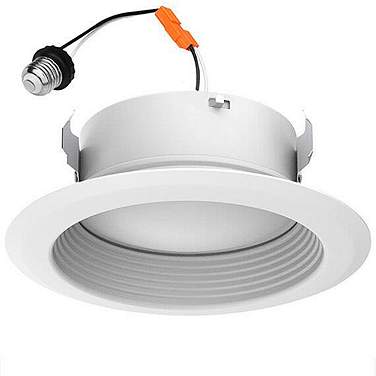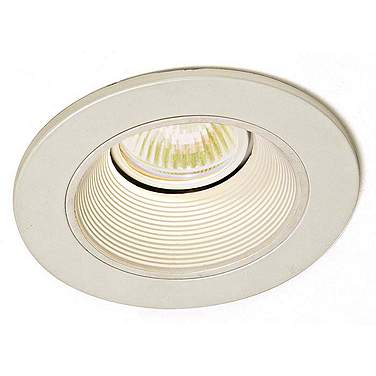Recessed Lighting
1,507 resultsFree Shipping* on all recessed lighting. From the kitchen to the living room, find downlighting recessed light fixtures and can lights for every need. Best styles, brands, Juno, Lightolier and more.
-
- On Sale
- Daily Sales
- Clearance Items
- Open Box
-
- New Items
- Most Popular
- Free Shipping
- Ships Same Day
- Lamps Plus Exclusive Product
- Lamps Plus Non Exclusive Product
Looking for something specific?Search our site:
What is Recessed Lighting?
Recessed lighting refers to a type of lighting fixture that is installed into a hollow opening, or "recess," in a ceiling, typically with the light source positioned above the ceiling level. These fixtures are designed to provide illumination without protruding or hanging down from the ceiling, creating a clean and streamlined look in the space. Recessed lighting is often used to provide ambient, task, or accent lighting in various settings, including residential homes, commercial spaces, and outdoor areas. It is versatile, customizable, and can be used to complement a wide range of interior design styles.
Why Is Recessed Lighting So Popular?
Recessed lighting has gained popularity for several reasons, including its versatility, modern aesthetic appeal, and ability to provide ambient illumination without occupying visual space. Unlike traditional pendant or chandelier fixtures, recessed lights are installed flush with the ceiling, creating a sleek and unobtrusive look that seamlessly integrates into any room. This minimalist design allows recessed lighting to blend effortlessly with various decor styles, from contemporary to traditional, making it a popular choice for homeowners seeking a clean, streamlined lighting solution. Additionally, recessed lighting fixtures are available in a variety of sizes, shapes, and trim options, offering flexibility in design and functionality to suit different spaces and lighting needs.
How Does Recessed Lighting Improve Your Home?
Recessed lighting offers several benefits that can enhance the overall look and functionality of your home. Firstly, recessed lights provide ambient illumination that evenly spreads throughout a room, reducing shadows and creating a warm, inviting atmosphere. The subtle, non-intrusive design of recessed lights also helps visually expand smaller spaces and make ceilings appear higher, adding a sense of openness and airiness to rooms. Furthermore, recessed lighting fixtures can be strategically placed to highlight architectural features, artwork, or specific areas of interest, adding depth and visual interest to your home's interior. With their versatility, modern appeal, and ability to enhance both the aesthetics and functionality of a space, it's no wonder recessed lighting remains a popular choice for homeowners looking to upgrade their lighting design.
What to Consider Before Buying A Recessed Lighting
Before purchasing recessed lighting, consider several key factors to ensure it aligns with your space and requirements:
Finishes
The finish of a recessed lighting fixture plays a crucial role in determining its visual impact. While metallic finishes exude a timeless elegance, matte finishes contribute to a more contemporary aesthetic. Consider the overall design theme of your space when choosing a finish, ensuring harmony with existing elements.
Locations
Strategic placement is key to maximizing the benefits of recessed lighting. In living rooms, consider creating a balanced layout to avoid harsh shadows, whereas in kitchens, focus on providing ample task lighting above work areas. Understanding the specific needs of each room will guide you in optimal fixture placement.
Colors
The color temperature of recessed lighting greatly influences the mood of a space. Warm temperatures create a cozy ambiance in living areas, while cooler temperatures enhance concentration in workspaces. Experiment with color temperatures to achieve the desired atmosphere in each room.
Types
Different types of recessed lighting serve distinct purposes. Baffle trims minimize glare, reflector trims maximize light output, and adjustable trims offer flexibility. By incorporating a mix of these types, you can create a layered lighting design that caters to both aesthetic and functional needs.
Sizes
Choosing the right size for your recessed lighting fixtures is crucial for achieving a balanced look. Larger fixtures may overpower smaller rooms, while undersized fixtures might not provide adequate illumination in larger spaces. Strike a balance by considering the scale of the room and the intended lighting effect.
Styles
The style of recessed lighting can significantly impact the overall design theme. Traditional styles with ornate trims add a touch of classic elegance, while minimalistic styles contribute to a modern and streamlined look. Selecting a style that complements your interior design vision ensures a cohesive and visually appealing result.
Voltage
Understanding the difference between line voltage and low voltage recessed lighting is crucial in determining the overall lighting system's performance and energy efficiency. Line voltage fixtures are directly connected to the household electrical system, while low voltage options offer greater flexibility in dimming and control.
Type
The choice of bulb type significantly influences energy efficiency and longevity. LED bulbs are increasingly popular for their energy-saving capabilities and extended lifespan. Consider the environmental impact, color rendering, and maintenance requirements when selecting the most suitable bulb type for your recessed lighting fixtures.
Usage
Recessed lighting's versatility extends beyond basic illumination. In bedrooms, it can create a serene and relaxing atmosphere, while in bathrooms, it provides task lighting for grooming activities.
How to Install Recessed Lighting
Installing recessed lighting involves several steps. Begin by turning off the power to the circuit at the breaker box to ensure safety. Next, plan the layout of the lights and mark the locations for the fixtures on the ceiling. Use a template provided with the lighting kit to trace the outline of the fixture openings. Cut the holes in the ceiling using a drywall saw or hole saw, following the marked outlines. Install the wiring according to local electrical codes, connecting the cables to the junction box. Secure the recessed lighting fixtures into the ceiling by following the manufacturer's instructions, ensuring they are flush with the ceiling surface. Finally, attach the trim and bulb to the fixtures, turn the power back on, and test the lights to ensure they are functioning correctly.
How To Remove Track Lighting
To remove track lighting, start by turning off the power to the circuit at the breaker box. Remove the bulbs from the track lighting fixtures and set them aside. Next, locate the locking mechanism on each fixture where it attaches to the track. Depending on the type of track lighting system, this may involve twisting or pushing the fixture to release it from the track. Once the fixtures are detached, carefully remove the track from the ceiling by unscrewing or unclipping it from the mounting brackets. Dispose of the old track lighting components properly, and then proceed with installing new lighting fixtures or track if desired.
How To Replace Track Lighting
Replacing track lighting fixtures involves a similar process to installing them. Start by turning off the power to the circuit at the breaker box and removing the existing fixtures from the track. If the fixtures are attached with screws or clips, remove them accordingly. Next, assemble the new track lighting fixtures according to the manufacturer's instructions, ensuring they are compatible with the existing track. Attach the new fixtures to the track, making sure they are securely fastened. Finally, connect the wiring from the new fixtures to the electrical supply, following local electrical codes and manufacturer's instructions. Once everything is properly installed, turn the power back on and test the track lighting to ensure the new fixtures are functioning correctly.
How To Change Bulbs In Recessed Lighting
To change bulbs in recessed lighting, start by turning off the power to the lighting circuit at the breaker box. Allow the existing bulbs to cool if they have been in use. Depending on the type of recessed lighting fixture, bulbs may be removed by gently pulling them straight out of the socket or by twisting them counterclockwise. Dispose of the old bulbs properly, and then insert the new bulbs into the sockets, making sure they are securely seated. If necessary, wear gloves or use a cloth to handle the bulbs to avoid leaving fingerprints or oils, which can reduce bulb life. Once the new bulbs are installed, turn the power back on and test the recessed lighting to ensure the new bulbs are functioning correctly.
Choose The Right Recessed Lighting For You
Choosing the right recessed lighting involves assessing your space and preferences to ensure a perfect fit. Begin by evaluating the room's layout and lighting needs, pinpointing areas requiring illumination and desired light levels. Consider your decor style, aiming for fixtures that blend seamlessly with existing elements and reflect your personal taste, whether modern or traditional. Decide on the type of fixture best suited for your installation scenario, whether new construction, remodel, or retrofit.
Additionally, factor in practical aspects like ceiling height, insulation, and installation requirements. Determine the desired beam angle, color temperature, and dimming capabilities to achieve the ambiance and functionality you desire. Establish a budget and explore options that offer quality, style, and functionality within your price range. By carefully weighing these considerations, you can choose recessed lighting that elevates both the aesthetics and functionality of your space, offering versatile and customizable lighting solutions tailored to your needs.
